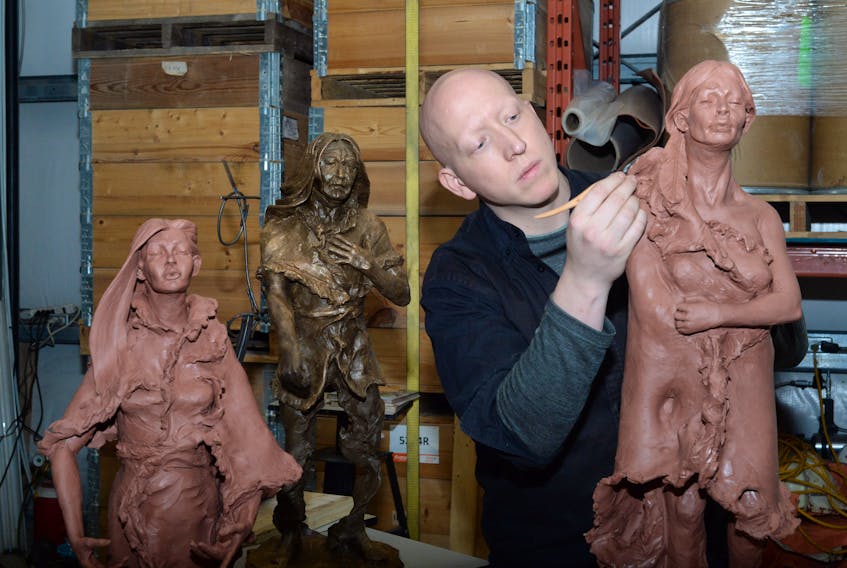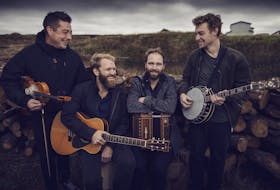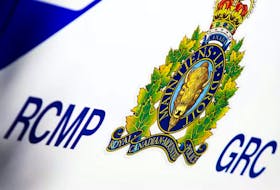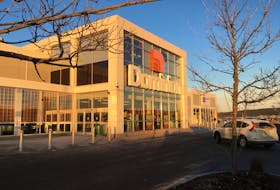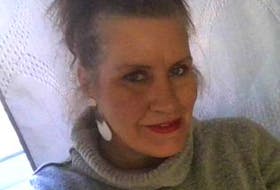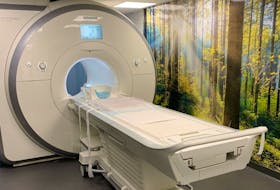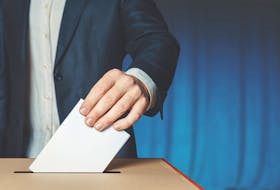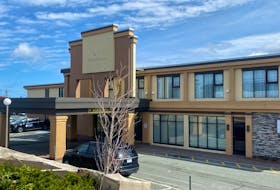A host of emails, news reports and opinions are circulating throughout Newfoundland and Labrador about the remains of Demasduit and Nonosabasut.
Indigenous leaders, politicians, academics and citizens throughout Atlantic Canada have offered opinions about what should happen with the remains once they are returned to Canada from their current location in the National Museum of Scotland in Edinburgh.
“For me, the biggest thing right now is to get the remains back on Canadian soil,” Saqamaw Mis’el Joe, chief of the Miawpukek First Nation at Conne River, said Tuesday.
“We will deal with where they wind up once we get them here.’’
Joe said there is no timeline in place regarding when the repatriation will occur, but he does know the conversations and logistics are being worked on.
“We will deal with where they wind up once we get them here." — Mis'el Joe
He said many discussions will have to take place before they are sent back to Canada, and those will be followed by many more in the future, but getting them back here is the primary focus.
Joe has been to Scotland twice to see the remains. His first trip didn’t result in a viewing, but he was more successful his second time there.
“They didn’t know how to deal with me at first when I went to see the remains,’’ he said about the National Museum of Scotland.
“The second time I visited, they allowed me in. I requested to see them alone, which they wouldn’t allow. There were four or five people in the room where we lit some sweet grass, which they already had. I was surprised by that … that someone had been there to view them from Nova Scotia and brought that with them.’’
It was announced last week that plans were being put in place to repatriate the remains, and an agreement in principle between the governments of Scotland and Canada had been arrived at, and Nonosabasut and Demasduit will be sent back to their native soil.

The remains will be transferred to the Canadian Museum of History in Ottawa. They were discovered in 1828 by William Eppes Cormack (1796-1868), a Newfoundlander who was born in St John’s and educated at Glasgow and Edinburgh universities. He sent them to his mentor, professor Robert Jameson, for the collection of the University Museum in Edinburgh.
This collection was later transferred to the Industrial Museum of Scotland (now the National Museums Scotland) in the 1850s.
“Possession being nine-tenths of the logistics, they first have to make a move to deliver the remains,’’ Scott Simms, MP for Bonavista-Gander-Grand Falls-Windsor, said Tuesday from his office in Ottawa.
“Scotland has to deal with the Government of Canada and the Museum of History in Ottawa, which is where the remains will eventually be delivered to.’’
Simms said the two governments and representatives from the Museum of Scotland and the National Museum of History in Ottawa are working out details on the delivery of the remains, which will eventually be moved to Newfoundland and Labrador. He said that is the most respectful thing to do.
What should be done?
The Beothuk people, who have been extinct since 1829, when the last known survivor, Shanawdithit, died in St. John’s, have been a proud historical topic for the Indigenous community in Newfoundland and Labrador for many years.
This plight has been backed by Indigenous leaders and government leaders both in this province and across Canada.
In addition, The Telegram has been inundated with a host of emails showing support for the repatriation of the remains.
Mayor Derm Corbett of Buchans supports returning the remains to the Indigenous community rather than putting them in a museum.
“I am pretty sure I can make a better argument for Indian Point as a final resting place for Demasduit and Nonosabasut than a museum in St. John's,’’ he said in a recent letter.
“I realize that we are far from a decision on the final resting site for these two honoured historical figures, but I also believe that that decision will be of great significance. The final place of rest must be a place close to the hearts of our native people, a place that provided nourishment, rest, protection and at least the hope of survival. In no way, shape or form does a museum or any other location in St. John's fit that description.’’
Mount Pearl-Southlands MHA Paul Lane also lent his voice in support of Corbett’s letter and said he was “absolutely right.”
“These are human remains, not some historical artifact. The respectful thing to do is to place them in a traditional burial plot in the area from which they lived,’’ Lane said.
“This is the very least we can do. I encourage our leaders to seriously consider your suggestion.’’
Suggestions also filtered in from other areas of Atlantic Canada, including an email from Dean Penton in New Brunswick.
“These are human remains, not some historical artifact. The respectful thing to do is to place them in a traditional burial plot in the area from which they lived." — Paul Lane
Penton was concerned with the what he calls “disrespect and indignity to human remains” and offered a number of suggestions that would lead to reconciliation and subsequently a happy ending to what he calls a tragedy.
He said the last remains of Nonosabasut and Demasduit should be placed back in the original location where they were taken, as the only sign of respect and reconciliation for the tragedy bestowed upon them because of persecution, misinformation and greed, among other things.
“The original burial plot (is) to be federally protected by the Government of Canada and the Government of Newfoundland and Labrador, as a living recording of the Beothuks’ history – a reminder for every generation to come,’’ Penton wrote.
“The settlement area of the Beothuk around RedIndian Lake (should) be a protected park, with an established learning centre – focused on the truths of their history, the dark ways in which humans can treat each other, and to educate people about the importance of communication to improve our world.’’

